Your Brain on Spending

Did you know that the average consumer spends $281.75 per month on impulse buys in 2024 for a projected total of $3,381? That’s more than most people spend on their car payments. Your brain isn’t wired for modern shopping – it’s still operating like we’re hunting for berries in the forest. When you see something you want, your brain releases dopamine, the same chemical that floods your system when you eat chocolate or fall in love. Buying triggers a dopamine release—about 20% of shoppers seek this lift, per psychology studies. This chemical rush happens before you even buy anything, just from the anticipation. It’s like your brain is rewarding you for finding something valuable, even when it’s just another throw pillow you don’t need.
The Emotional Spending Trap

Like it or not, your emotions often drive what you buy, when you buy it, and even what you are willing to spend. Think about the last time you bought something after a rough day at work. Retail therapy plays a significant role in impulse buying, as individuals often make purchases to improve their mood, especially during rough days. This emotional aspect of shopping can trigger a dopamine release, similar to other pleasurable activities, and marketers exploit these emotions to encourage consumer spending. We shop when we’re happy to celebrate, when we’re sad to comfort ourselves, and when we’re bored just to feel something. Stress or boredom push 30% of impulse buys (2024 retail surveys)—a distraction or comfort. It’s like our wallets have become our emotional support animals, except they make us poorer instead of happier.
The Anxiety Factor
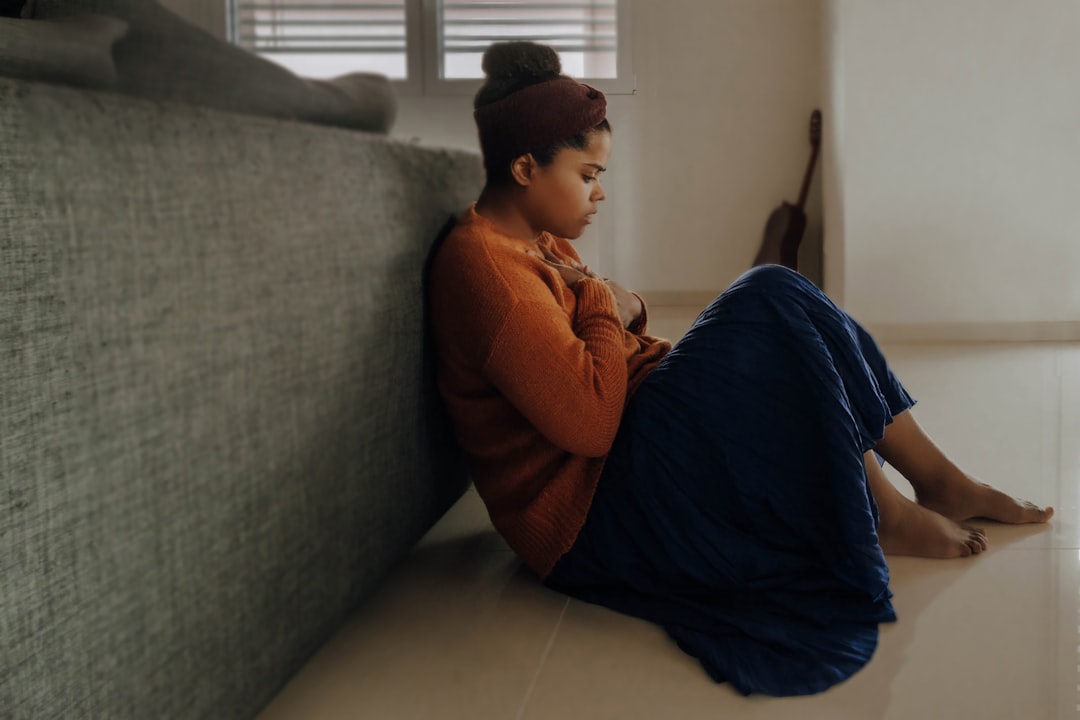
Modern life is stressful, and that stress is literally costing us money. The results obtained show that anxiety influences the generation of harmful behaviour, as it has a positive impact on compulsive and impulsive buying. In addition, compulsive and impulsive buying generate higher levels of consumers’ emotional regulation. When people feel anxious about their finances, their job security, or the future, they paradoxically spend more money. A recent poll shows most Americans are experiencing financial hardship as a result of inflation, which is a motivator to stop emotional spending. Learn three psychological strategies to decrease emotional spending and increase fiscal consciousness. It’s like trying to put out a fire with gasoline – the very thing that’s supposed to make us feel better actually makes the problem worse.
Social Media’s Spending Triggers
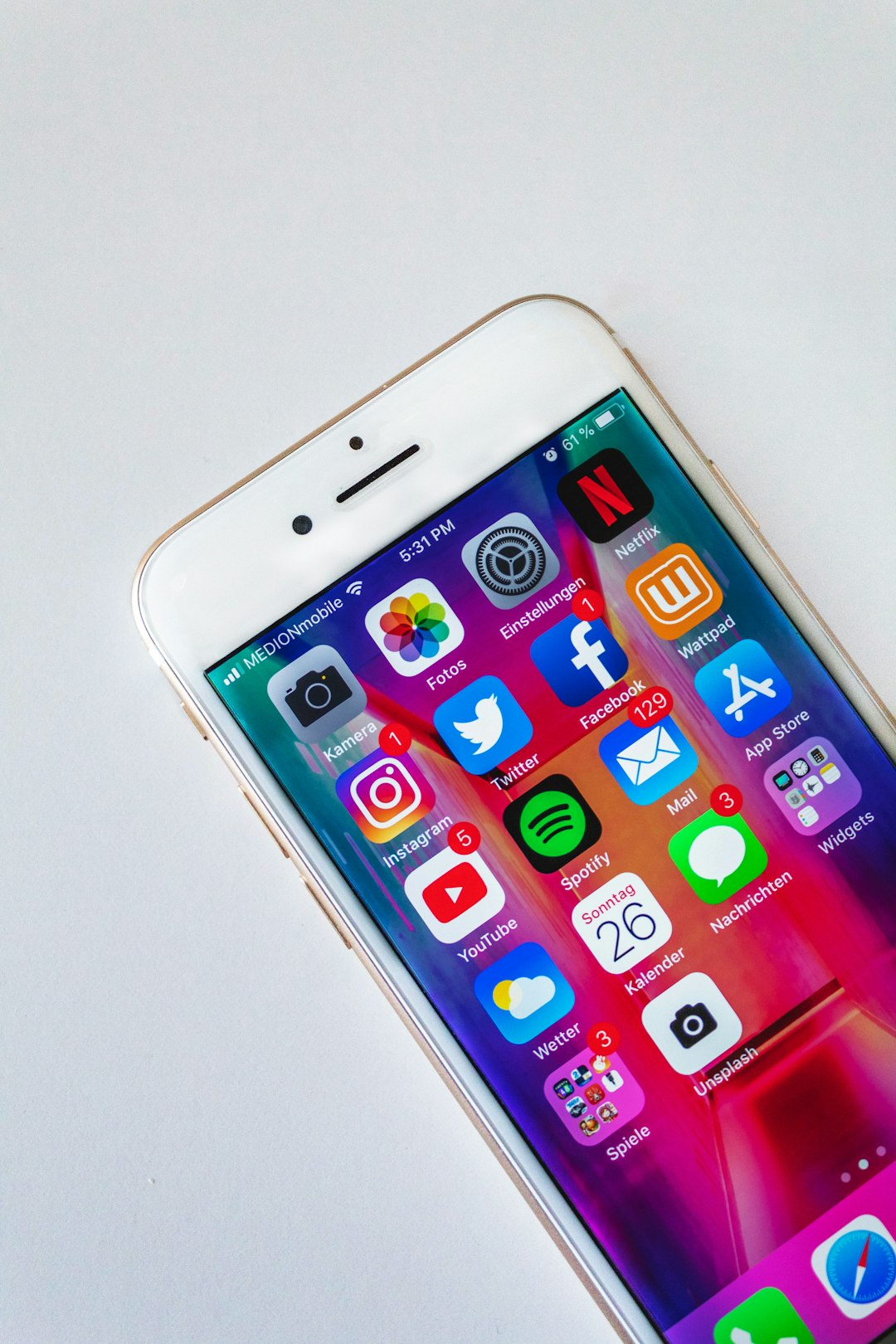
It has been noticed that 71% of consumers are more likely to make purchases based on social media referrals. Your Instagram feed isn’t just entertainment – it’s a 24/7 shopping channel designed to make you feel like you’re missing out. 76% of people admit to making a purchase across all platforms or after seeing it on social media due to FOMO. Every carefully curated post showing someone’s perfect life, amazing vacation, or latest purchase creates a little voice in your head saying “I need that too.” The link between FOMO and compulsive shopping is clear. New research shows that FOMO makes you more likely to shop compulsively, which leads to excessive buying. The numbers concern 48% of millennials who have spent money they didn’t have to keep up with friends. It’s social pressure disguised as inspiration.
The Power of First Impressions

The anchoring bias is a cognitive bias that causes us to rely heavily on the first piece of information we are given about a topic. When we are setting plans or making estimates about something, we interpret newer information from the reference point of our anchor instead of seeing it objectively. Imagine walking into a store and seeing a jacket priced at $200. Suddenly, the $150 sweater next to it seems like a bargain, even though you never planned to spend more than $50 on clothing. Behavioral economists point out that retailers intend for customers to ponder a purchase this way. The $900 watch is the anchor; therefore, the $750 watch seems like a bargain in comparison. Stores place expensive items at eye level not because they expect you to buy them, but because they make everything else look affordable. Your brain gets tricked by comparison, not actual value.
The Impulse Buying Epidemic

Most of us like to think we’re rational shoppers with carefully planned purchases, but the numbers tell a different story. Also in 2024, the average consumer makes 9.75 impulse buys per month for an average of $28.90 each. That’s basically one unplanned purchase every three days. Impulse buying is most common when clothes shopping (55% of consumers). Consumers are also likely to impulse buy while shopping for groceries (50%) and household items (42%). Even our “necessity” shopping trips turn into spending sprees. 39% of consumers are more likely to impulse buy when shopping for necessities. We go in for milk and bread, and somehow leave with a new set of kitchen towels, artisanal jam, and a houseplant we’ll probably kill.
The Age Factor

Young people aren’t just spending more because they have less financial responsibility – their brains are literally more susceptible to impulse buying. 18- to 24-year-olds make up to 49% of their purchases on impulse. 25- to 34-year-old consumers buy on impulse 46% of the time. Think about that – nearly half of everything young adults buy wasn’t planned. Consumers aged 35 to 44 years buy impulsively 43% of the time. 45- to 64-year-olds make 41% of their purchases on impulse. Consumers aged 65 and older make 35% of purchases on impulse. The good news? We do get better at controlling our spending as we age, but even seniors are making one in three purchases without planning. Experience teaches us, but apparently very slowly.
Digital Payments and Spending Blindness
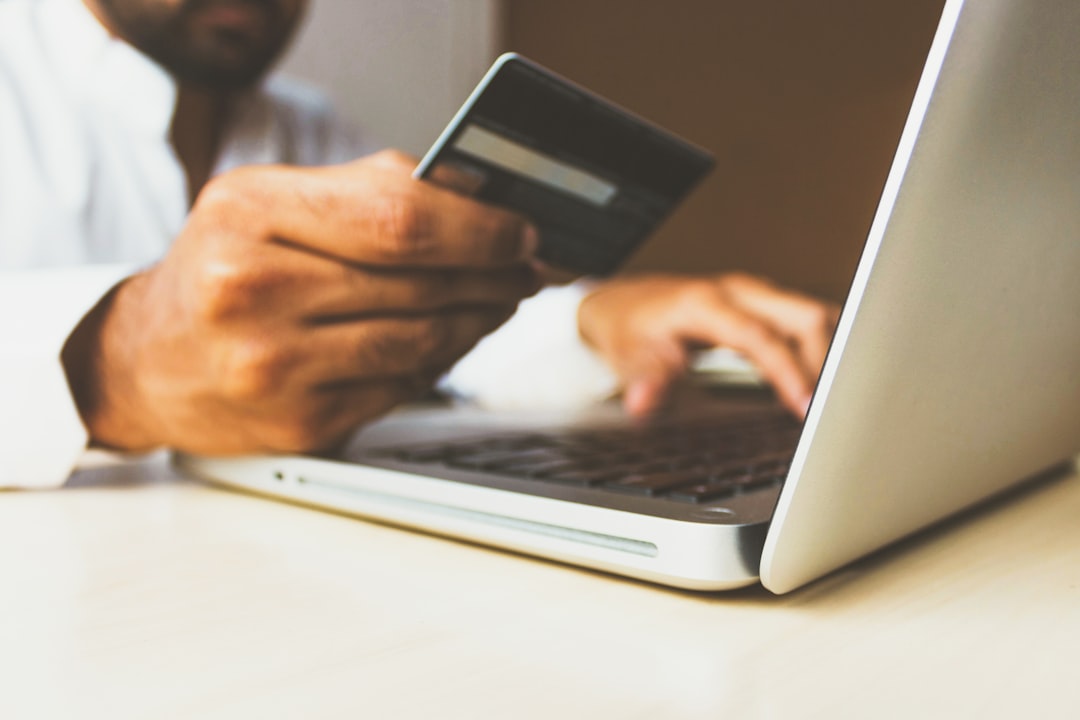
The contemporary era of digital payments provides fertile ground for impulse buying, a phenomenon characterized by sudden, impulsive, and unplanned purchasing decisions. Spendception is a construct that is fundamental to this behavior. It encompasses the convenience of digital payments, emotional detachment, perceived spending control, and diminished psychological visibility of spending. These dimensions collectively diminish the psychological barriers that have been traditionally associated with spending, thereby fostering an environment in which impetuous decisions are encouraged. When you hand over cash, your brain feels the loss immediately. But when you tap your phone or swipe a card, that money feels abstract, almost like play money. The act of making a purchase becomes nearly frictionless when combined with the perceived ease and convenience of digital payments, which necessitate minimal effort or contemplation. This frictionless experience reduces the cognitive and emotional defenses that typically regulate consumer behavior, thereby inducing impulse purchasing.
The Scarcity and Urgency Manipulation
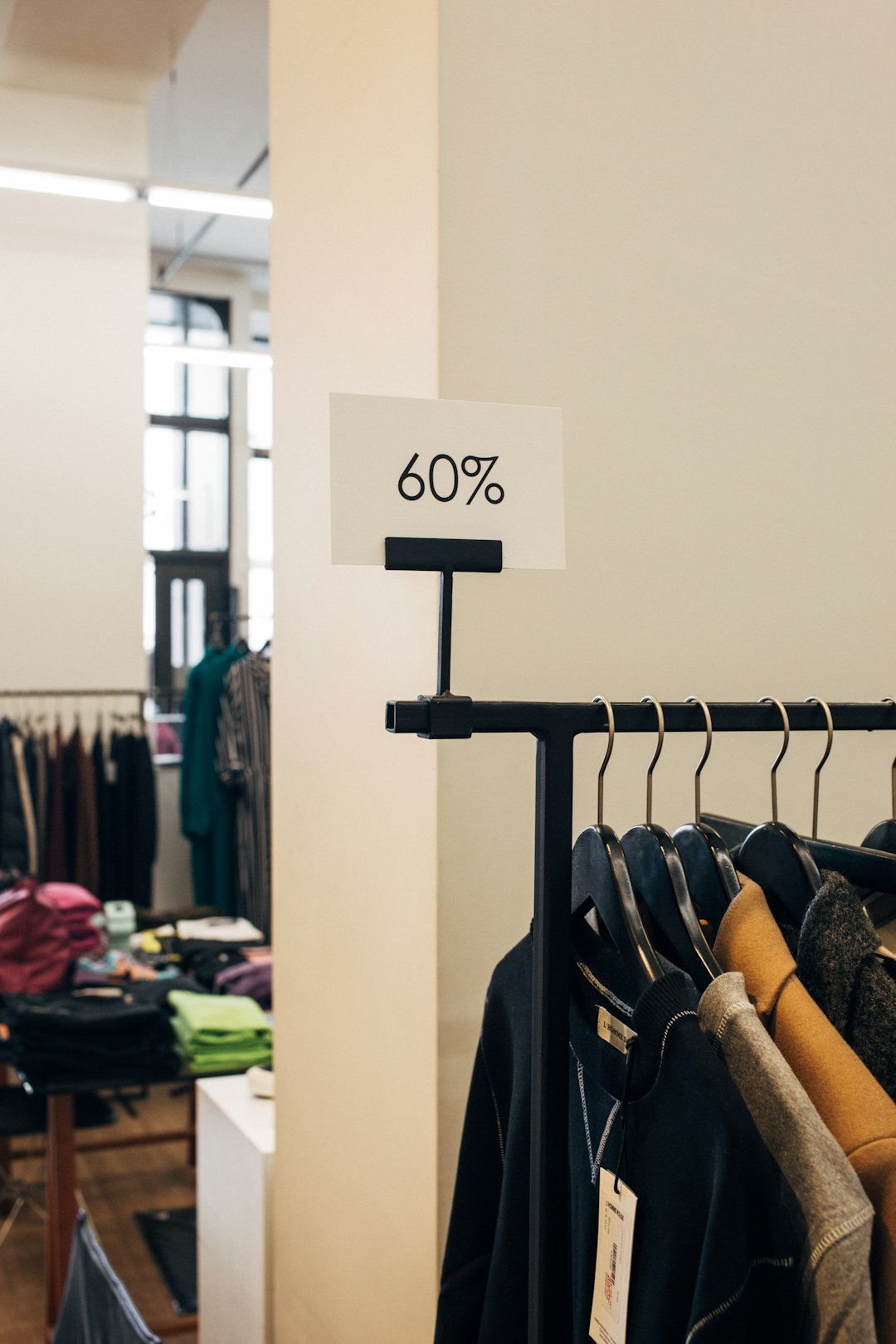
Those “limited time offer” and “only 3 left in stock” messages aren’t accidents – they’re psychological weapons designed to bypass your rational thinking. This means that the strategy of creating scarcity and exclusivity can enhance or create FOMO. Similarly, limited-time deals can also be a huge factor in intensifying this effect and increasing FOMO marketing. Your brain interprets scarcity as value, even when the scarcity is completely artificial. Too Many Choices: Facing 20+ options tires the brain—decision fatigue ups impulse buys by 25% (psychology research). When you’re overwhelmed with options, you’re more likely to grab whatever seems like a “deal” just to end the decision-making process. Worn Out: After long shopping, resistance drops—30% more likely to grab extras (consumer studies). It’s like your willpower is a muscle that gets tired the more you use it.
The Gender and Social Dynamics
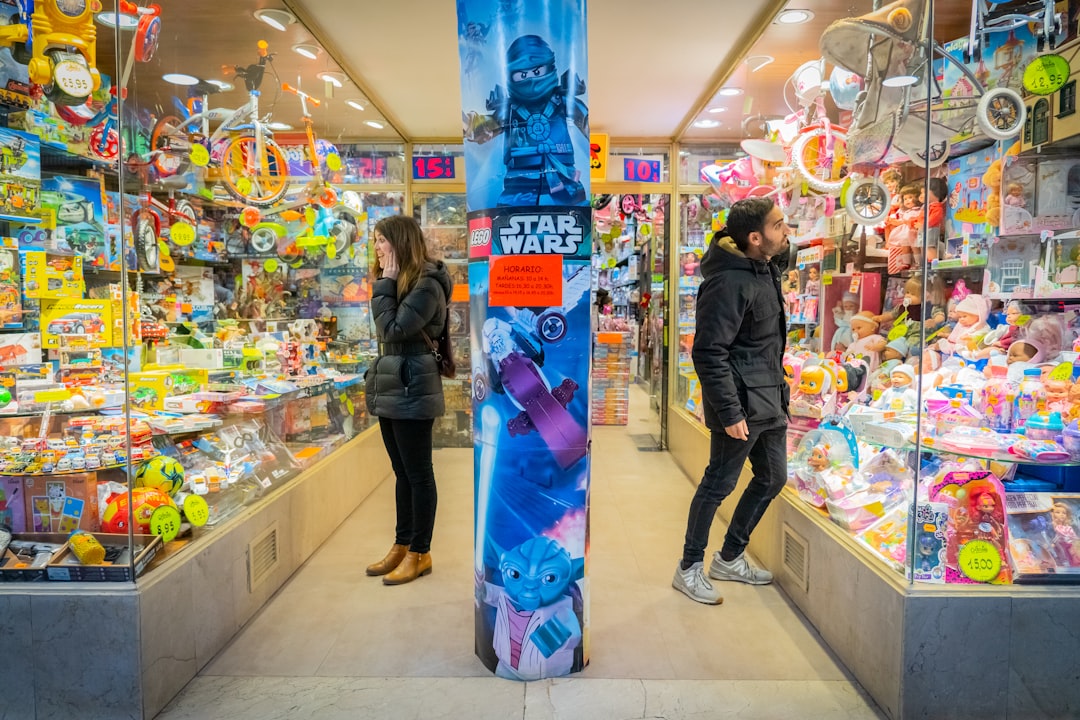
Worldwide, 57% of women have impulsively bought clothes or shoes. 49% of male consumers have impulsively purchased electronics. Men and women fall into different spending traps, but we all have our weaknesses. The study’s results indicated that spending had a big effect on impulse buying (IB) and consumer purchase behavior (CPB), but the effects were different for men and women. It is not just a matter of numbers—these differences showed deeper psychological and social factors that affected how men and women react to marketing messages. Emotional Regulation: Women are often taught to show their feelings more openly, which could make them more open to the emotional pleas in Spendception. Single people spend more impulsively than married couples, probably because they



